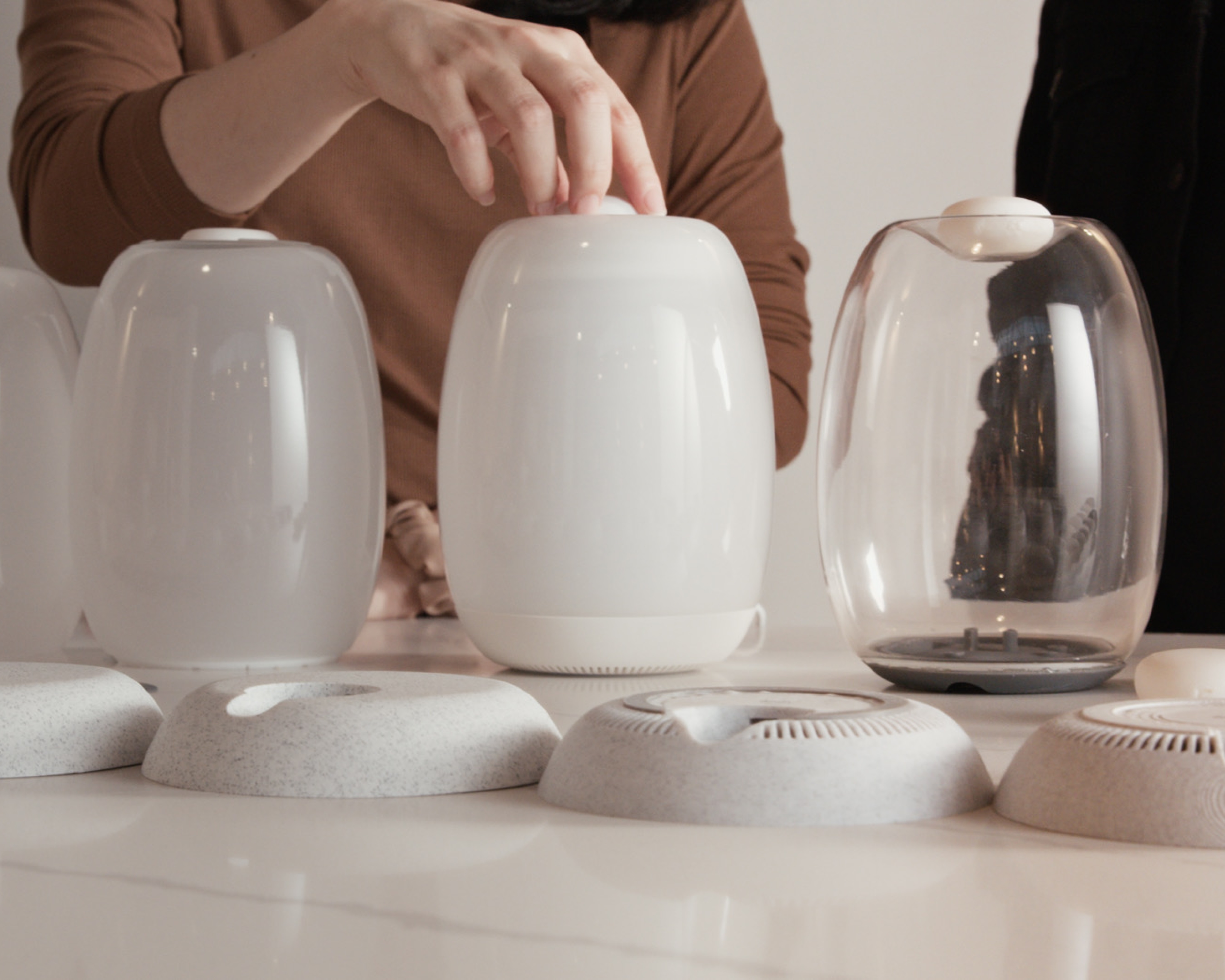
Case study on design language and strategy with TP-Link

Since the dawn of Industrial Design as a profession, the term “design language” refers to when designers make multiple products in a line look similar and express similar values in order to create a consistent brand message. Like a verbal language comprised of specific words, a design language uses specific forms, details and colors to express meaning. IBM was one of the first to do this with designer Elliot Noyes and since then companies like Apple, HP, Starbucks, and every car company employs design language thinking. Whipsaw has done this for many companies including Google, Cisco and Tile. It is a highly effective way to broadcast your brand values over many products over a long period of time.
When we met the Chinese networking company TP-Link in 2010, conventional wisdom told us that they too could use a unique design language to strengthen their message. At that time they were a newcomer in China and a relatively unknown brand in the US and Europe so it seemed logical that they could use a common message to build their brand. We were wrong.
We started the relationship with understanding TP-Link’s opportunities, markets, and vision. The CEO Cliff Chao was convinced that his customers wanted more than great technology; they wanted great design too. They already had best-in-class wireless technology, but now they wanted their products to be emotional and beautiful. Most of the products we were about to design were intended to sell in the Chinese market, which is gigantic, complex and different than the West. We needed to understand what “good design” even meant in China especially since objects and experiences in China are often affected by mystical influences such as Feng Shui and superstitious numbers.
We initially established a single design language for TP-Link. We tied product lines together with culture-inspired elements; unified details across product platforms; and created commonality. However we soon realized that what the client and the market wanted instead was lots and lots of variety. Every product was to be a standalone hero. Their market was so big with so many different types of users that the normal economies offered by a design language didn’t apply since production volumes for each model would be in the millions. Plus design preferences varied widely between kids and seniors, homeowners and business owners, blue collar and white collar, and urban and rural markets. TP-Link wanted to reach them all with a variety of unique designs. They wanted every product to look different from one another.
We soon realized that what the client and the market wanted instead was lots and lots of variety. Every product was to be a standalone hero.
At the heart of this demand phenomenon was an evolving societal value. All the diverse choices offered a bold and almost defiant expression of individuality. You could have what you wanted. We ended up embracing this approach, creating over sixty products for TP-Link, and each one is different. No products look alike. The only shared commonality is quality, performance, minimal material and good value.
TP-Link as a company has literally been transformed by this approach. They have averaged more than 30% growth per year since introducing this strategy in 2011. Its annual revenue is now more than six billion dollars. Shipping more than 150 million products a year, they are now ranked the world’s largest supplier of networking products by volume, which is higher than the next three brands combined. In addition to the impressive financial results TP-Link has the highest customer satisfaction rating in the market. They have become a highly respected leader in their field and there is a palpable sense of pride among the 25,000 employees about what they have accomplished.
Ironically the lack of design language became TP-Link’s language.
Indeed in most cases creating a strong design language is a smart business move but when a large country such as China is rewriting its rules, using a design language may not be relevant or effective. Ironically the lack of a design language became TP-Link’s language. It has made them a true disruptor, offering fresh innovation that customers anticipate. Our “strategic diversity” has flown in the face of design convention but it worked, and continues to delight TP-Link customers around the globe.